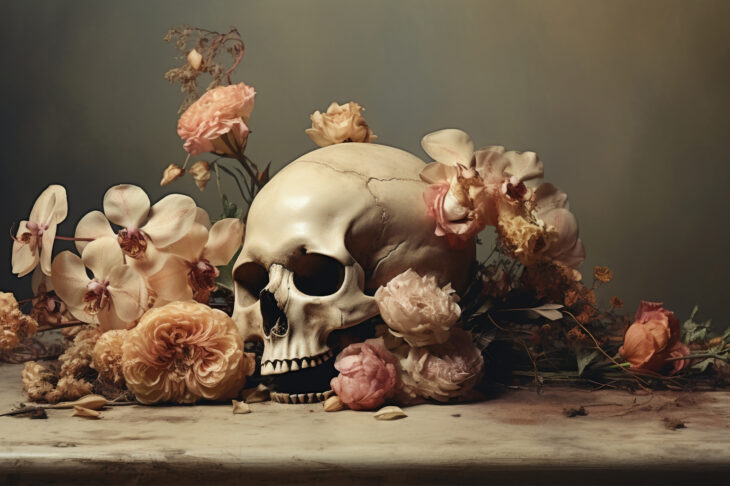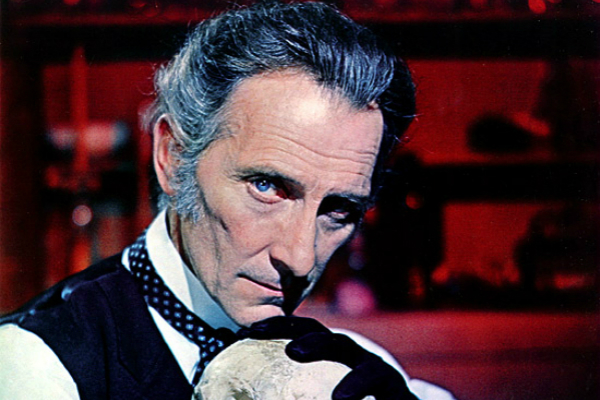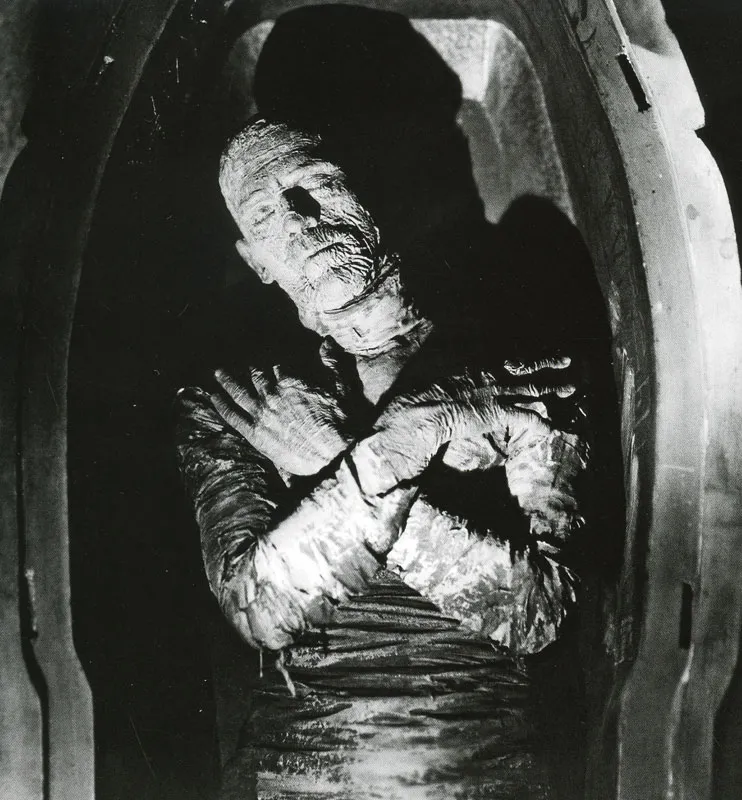
The Horror Trope: Why You Might Need One
Horror is a genre that relies heavily on certain themes and elements that have been developed over time. These are commonly referred to as horror tropes. While some may seem overused, they can be incredibly effective when used in the right way, espeically if you can find a new way to invent them.
In this post, we will explore some of the top horror tropes and how they can be used effectively in horror writing.

The Haunted House Horror Trope
The haunted house trope is a classic horror theme that has been used in countless novels and films over the years. It typically involves a house or other dwelling that is haunted by a ghost or other supernatural entity.
The haunted house trope is about what is hidden and half heard or seen and is great at creating a sense of unease and dread in the reader. For example, Shirley Jackson’s The Haunting of Hill House uses this trope to great effect. The story follows a group of people who stay in a haunted house with the tension and fear building throughout the novel as the house becomes more and more sinister.
The Monster Trope
This is another classic horror theme that has been used in many horror stories. It typically involves a terrifying creature that threatens the safety of the protagonists in some way. To work well, the monster needs to have a good back story and an understanding from the audience based on empathy.
For example, Mary Shelley’s Frankenstein follows a scientist who creates a monster that ultimately turns on him and threatens his life. Within that, however, is the empathy for the creature who was not asked to be created.
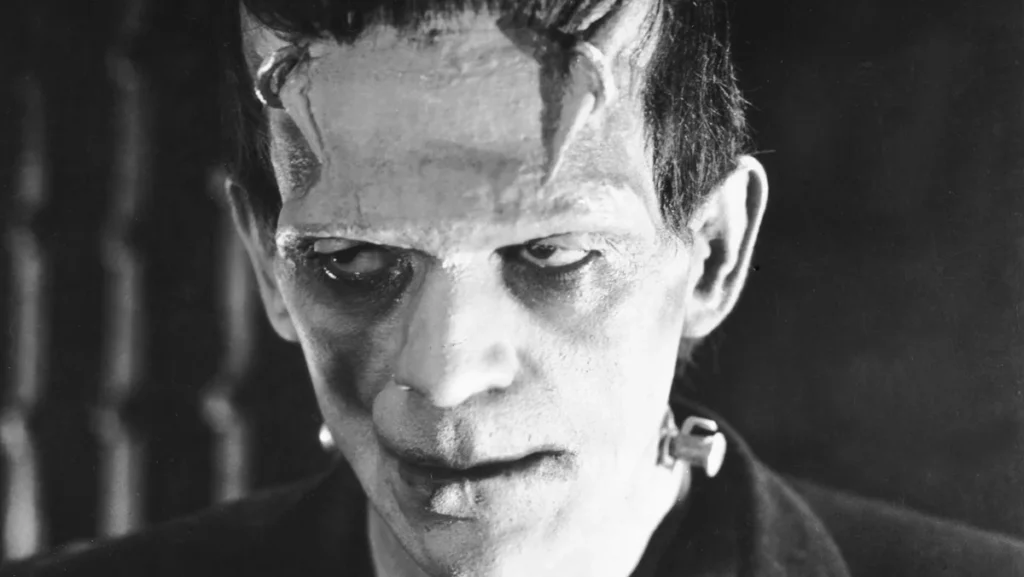
The Psychological Horror Trope
The psychological horror trope is a more subtle theme that relies on the reader’s emotions and perceptions. It typically involves a protagonist who experiences a psychological breakdown or is haunted by their own fears and anxieties. For example, Stephen King’s The Shining uses psychological horror to great effect, following a writer who takes a job as a winter caretaker at a hotel and slowly descends into madness.
The Body Horror Trope
The body horror trope involves a character experiencing a physical transformation or mutilation. This often involves graphic and unsettling descriptions of bodily functions or injuries and can be quite hard to write. For example, Clive Barker’s The Hellbound Heart follows a man who opens a puzzle box and is pulled into a world of sadomasochistic horror.

The Supernatural Trope
The supernatural trope involves a protagonist coming face to face with an entity such as a ghost, demon, or otherworldly creature. For example, H.P. Lovecraft’s The Call of Cthulhu is about a man who investigates a series of bizarre occurrences and discovers the existence of a terrifying and ancient entity.
The Slasher Trope
The slasher trope involves a character who is stalked and attacked by a killer and typically includes graphic violence and gore. For example, Bret Easton Ellis’ American Psycho is a story about a wealthy investment banker who is also a violent and sadistic serial killer.
The Gothic Horror Trope
The Gothic trope usually includes a dark and mysterious setting, often with supernatural elements that play int he background. It typically involves themes of death, decay, and the supernatural. The Gothic trope creates a sense of atmosphere and unease that also has a romantic yet dark element. For example, Bram Stoker’s Dracula follows a group of people who are haunted by the vampire Count Dracula, a being that has survived for centuries but falls in love with the main character Mina.
The Found Footage Trope
The found footage trope involves a story told through the lens of a camera and typically involves a group of people who are filming their experiences and encounter something terrifying. For example, The Blair Witch Project uses the found footage trope to great effect. The film follows a group of filmmakers who venture into the woods to make a documentary and become lost and haunted by the Blair Witch.
The Cosmic Horror Trope
This trope involves a character who comes face to face with a terrifying and incomprehensible force from beyond our universe. It typically covers themes of existential dread and the insignificance of humanity in the face of the unknown. For example, At the Mountains of Madness by H.P. Lovecraft follows a group of scientists who discover the remains of an ancient alien race and become haunted by the knowledge of their existence.
The Revenge Horror Trope
The revenge trope focuses on a central character who seeks revenge on those who have wronged them. It typically involves graphic and violent acts of retribution, creating a sense of catharsis and justice in the reader. For example, Stephen King’s Carriel follows a high school student who is relentlessly bullied and ultimately seeks revenge on her tormentors using her psychic powers.
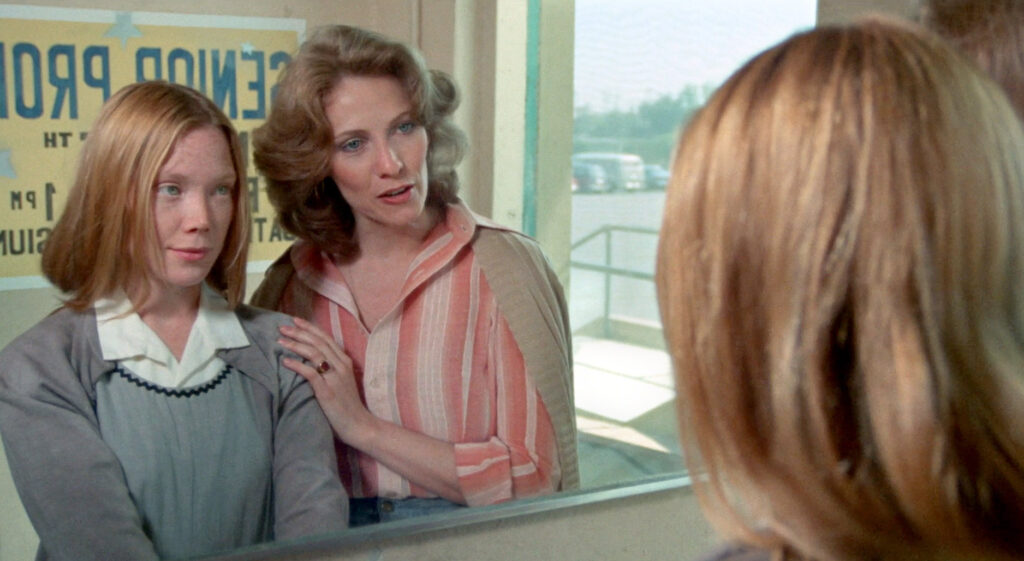
The Haunted Object Trope
The haunted object trope usually centres on an object that is possessed by an evil spirit or cursed in some way, causing it to have a malevolent effect on those who come into contact with it. It typically involves themes of possession and supernatural influence. For example, The Amityville Horror is about a family who moves into a house with a history of violent murders who begin to experience supernatural phenomena linked to a possessed object in the home.
What’s your favourite horror trope? Let us know in the comments below.
